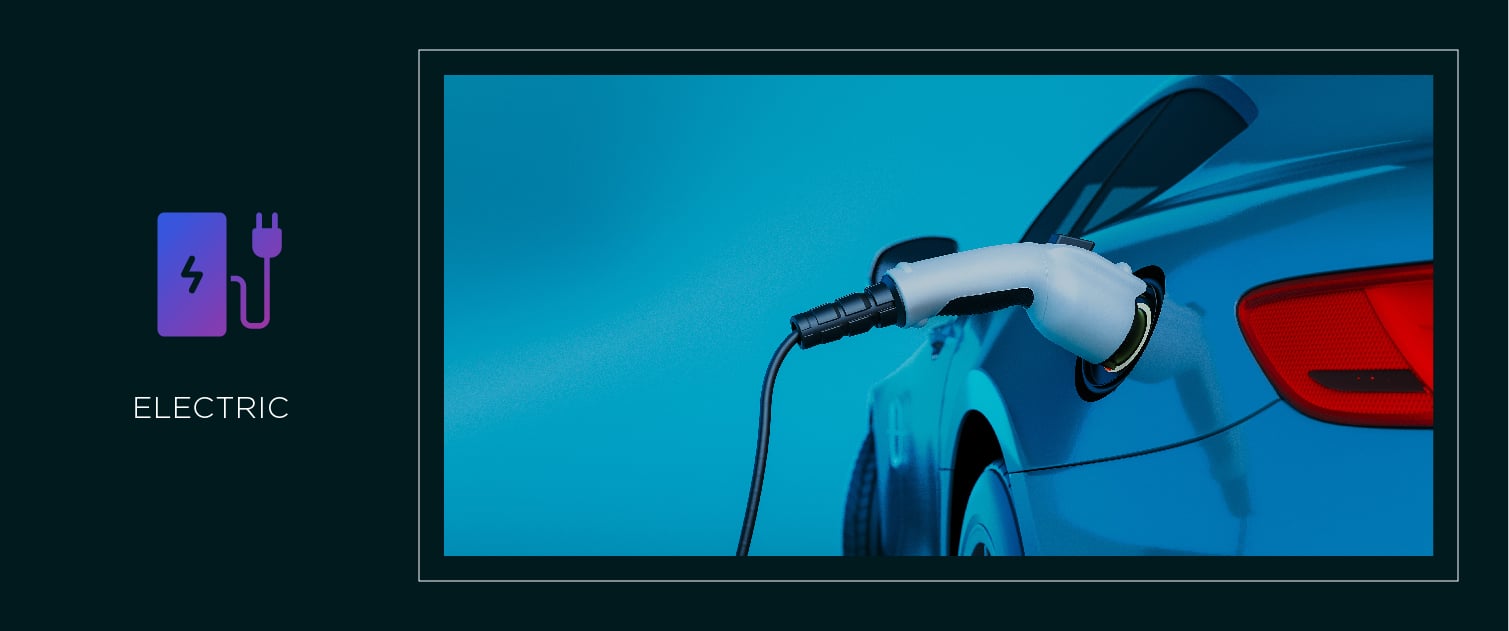
Automotive supply chains are among the most complex in the world, with each vehicle containing more than 20,000 parts originating from thousands of different suppliers. The shift to vehicle electrification reduces the mix of part suppliers, while the complexity of integrating battery technology changes the manufacturing dynamic and supply chains' evolution. The expansion of electrification is firmly in the mindset of the next generation of mobility companies across all ranges of transportation modes. The inclusion of battery technology is at the forefront of transformation, forecast to exceed 40% of all vehicles sold by 2040.
A.C.E.S technology is the pursuit of the autonomous vehicles (self-driving vehicle), where connectivity integrates with the new business model designed around alternative power, electrification, and shared riding is prioritized.Importantly, the focus is on innovation, allowing original equipment manufacturers (OEMs) to redesign both the interior and exterior of vehicles and seeking alternative part sourcing offers a rethink of production sites, battery supply, and business models. The shift from traditional combustion engines in favor of batteries and hydrogen for power offers consumers a choice, whether their preference is linked to 'low emissions' or 'energy supply,' or a hybrid option provides options for buyers and sellers.
Several manufacturers have pledged to create only hybrid or electric vehicles as demand rises and the future legislation changes in 2030 shape new transportation investments. Major car manufacturers have at least one electric vehicle or switch all their product lines. We see innovations now focus on the gauge of long-distance capability with the right batteries. Those that charge quickly with the right infrastructure level will win the battle in the electric vehicle race.
Electric cars and the fulfillment of (battery) component supply chains will change current logistics solutions. Transporting dense, heavy batteries with hazmat classifications requires safe handling techniques, packaging controls & compliant documentation checks for batteries even before the manufacturing process.
The three overarching sub-industries provide diversification business opportunities aligned with electrification, linking software and hardware technology to leap into the mobility sector. The continued growth of start-up businesses eager to launch into scale through mass-market expansion and the spin-off with mergers and acquisitions will continue to gain momentum with connectivity and digitization.
Reach out to our automotive and mobility team for more market insight to see how Expeditors is taking shape within the global mobility industry.
Next in our A.C.E.S Series: Shared, Digitalizing Sustainable Mobility.



